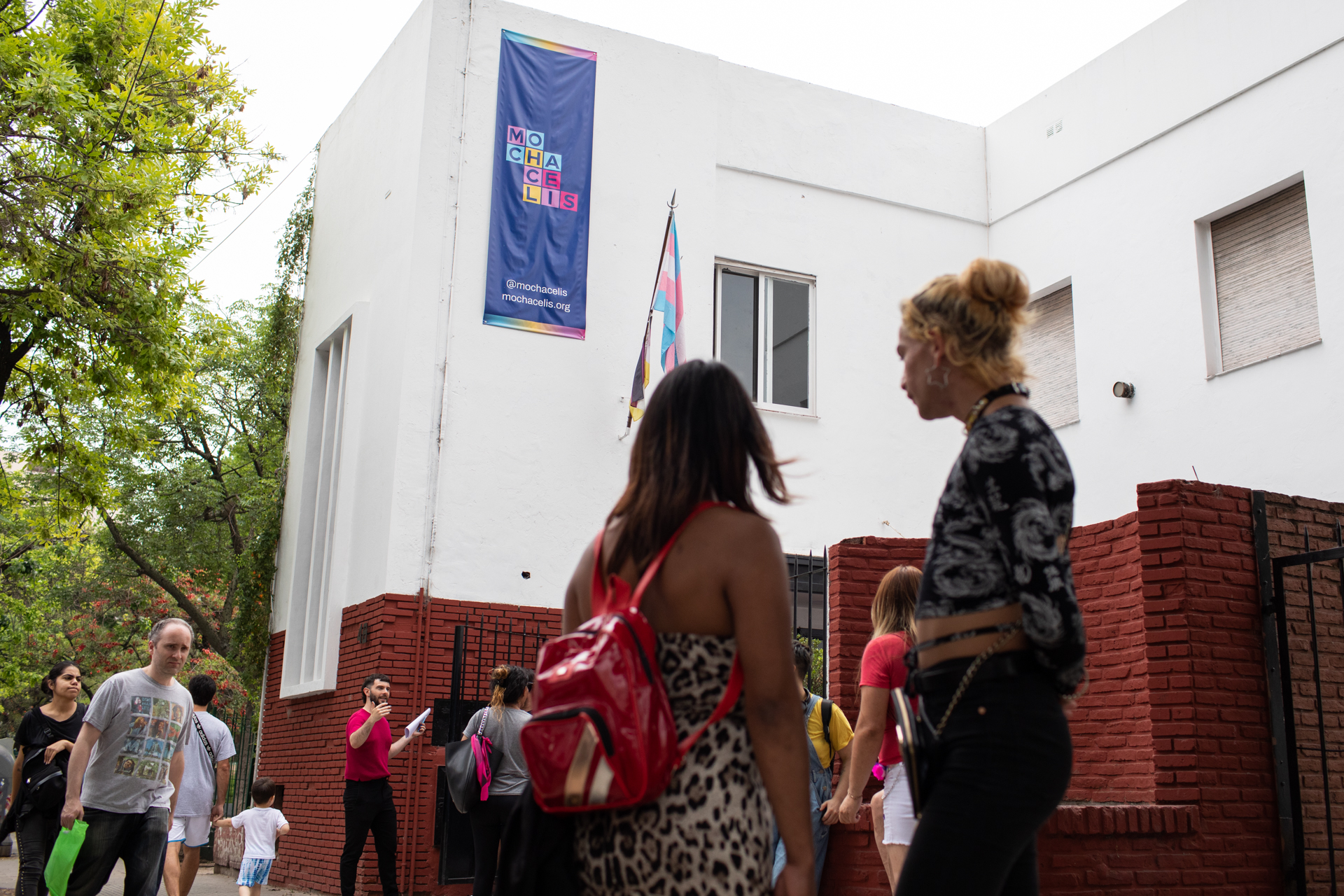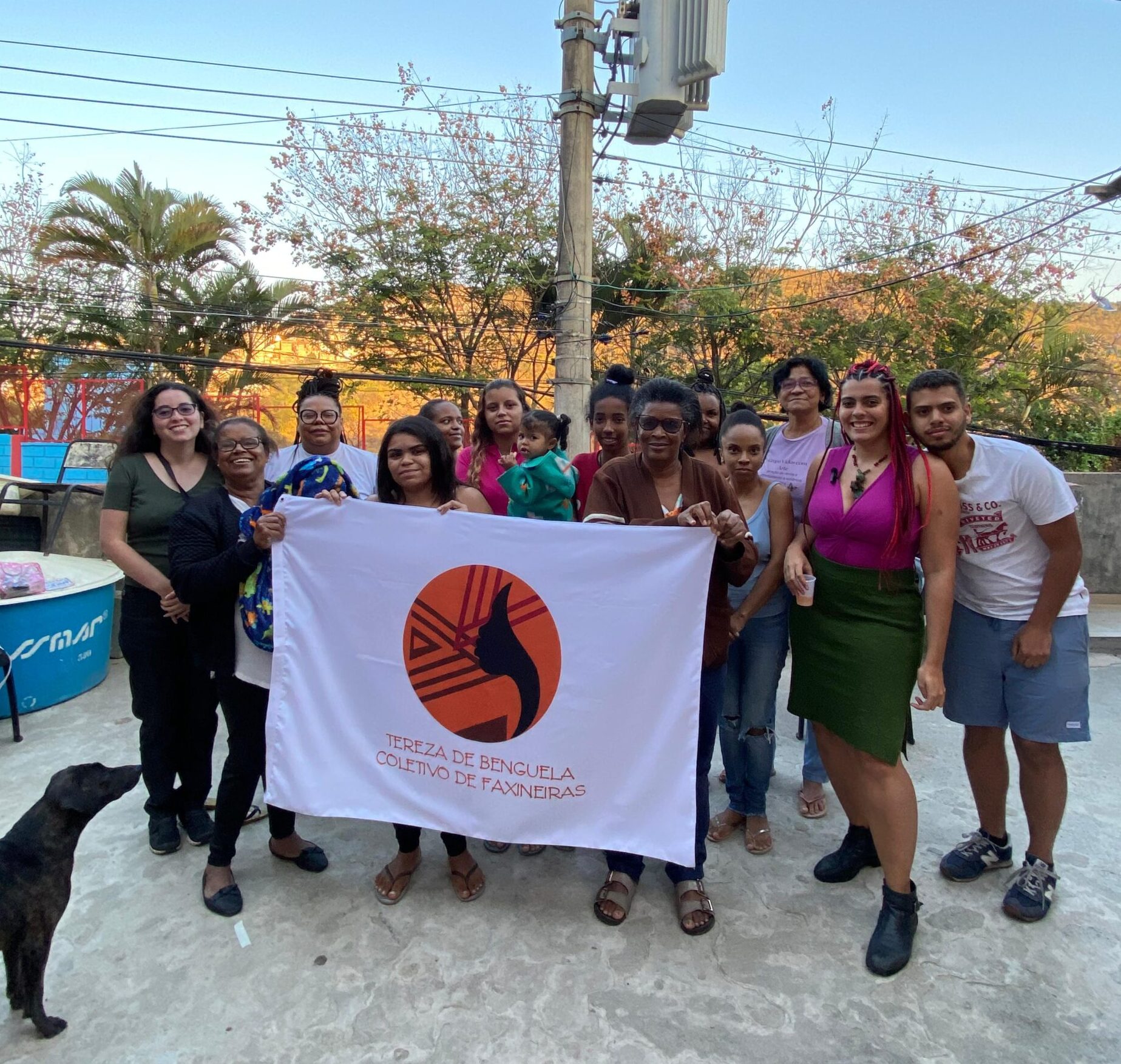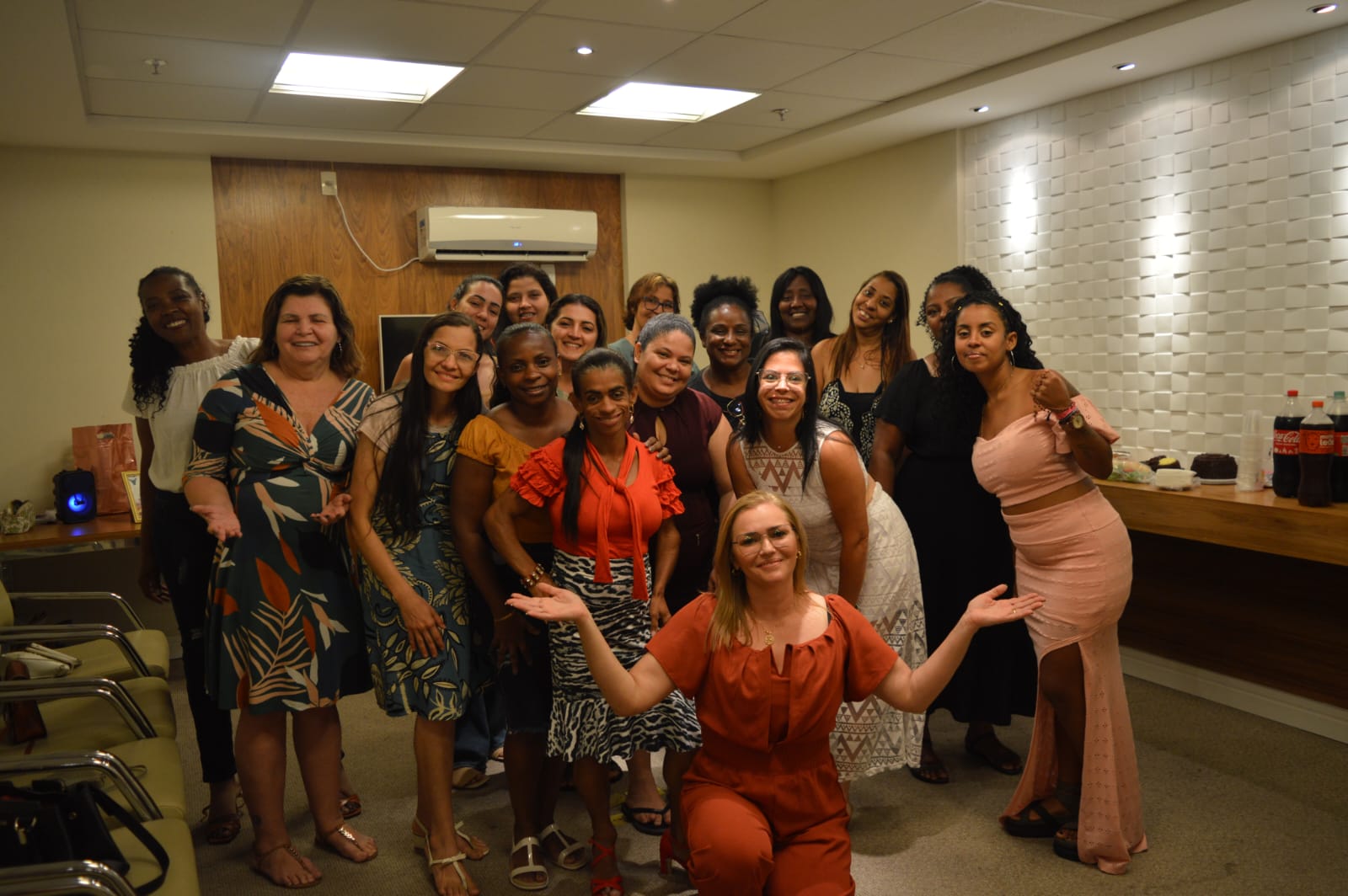Documentary “Comeplexos”: communication is identity
Directed by the audiovisual collective “Cafuné na Laje”, the film addresses the experiences and challenges of artists and filmmakers from Rio’s favelas and premieres on July 29 on the free streaming platform Bombozila.

Credit: Bombozila/Disclosure
By: Gabriel Murga / Lupa do Bem – Favela em Pauta
The film is a partnership between the Anti-Racist Media activist Alliance (ARMA Alliance, Finland) and Cafuné na Laje (Rio de Janeiro), an audiovisual collective in the Jacarezinho neighborhood, in the city of Rio de Janeiro, which premieres on July 29 in a streaming platform known as the “Netflix of social struggles”, Bombozila.
“Complexos” was produced based on Leonardo Custódio’s doctoral research, on the relationship between media activism and art in the favelas of Rio de Janeiro, addressing the experiences of filmmakers who propose to dispute narratives and constructions about the places where they were born, live and often where they produce their artwork.
The camera at the service of narration remains open to the influences and characteristics of each interviewee’s place, as well as the rhythmic elements that make up the sound of the favelas.
In the press release released by the documentary distribution platform, Bombozila highlights that “The idea is that these speeches present – whether for the academic area, artistic or even in the scope of public policies – possibilities of trajectories of favela residents who favor the deconstruction of stigmas linked to the representation of the favela and its residents”.

The interviews take place on slabs, bars, squares and in usual places, parts of the daily environment of favelas in the city of Rio de Janeiro. This environment sometimes mixes with the protagonists and their own stories that are presented by their voices.
“The importance of the film lies in the people who are approached and their trajectories. They are people who realize and dispute the meaning of what it is to live in a favela, exposing how diverse these lives are. And what the narrative helps to oppose is in warning that unfortunately, as beautiful as these trajectories are, as important as these looks and existences are, these artists, filmmakers and communicators are exceptions that confirm the exclusionary rule in which Brazilian society is inserted. It is not just the favela that loses with this exclusion, we all lost as a society with racism and the politics of death in which the spaces that these people portrayed in the film grew up and live to this day”, says JV Santos, director in Cinema and Audiovisual and co-founder of “Cafuné na Laje”, one of the producers of the documentary.
For researcher Leonardo Custódio, “Media activism, as people say in everyday life, is within what we consider an example of popular communication, to communicate with each other and to communicate with society. And this is a phenomenon that has been happening since the periphery has been the periphery. In the construction of narratives made by residents of favelas and peripheries, it is within this idea that the what is said about us does not match our reality, complicated, complex, full of nuances and we need to tell other things that define us and a way to support these narratives is to watch, access, share these narratives”, pointed out Custódio, natural de Magé, in the Baixada Fluminense.
Media activism and popular communication
The following artists, photographers, cultural agitators and communicators from the favelas of Complexo do Alemão, Jacarezinho and Complexo da Maré participate in the documentary: Gizele Martins, Naldinho Lourenço, David Amen, Mc Martina, Thais Alvarenga, Léo Lima (who conducts the interviews) , Rodrigo Maré Souza, Geandra Nobre, Wallace Lino. The script is by Leonardo Custódio and Jv Santos, who is also directing the documentary.
We interviewed the researcher Leonardo Custódio and you can check out our conversation about popular communication in favelas and outskirts, especially about this reality in the city of Rio de Janeiro, but which is reflected in all regions of our country:
What is media activism in your view? And how can it impact people’s lives?
Media activism is a theoretical concept, it is nothing more than an abstract lens, so to speak, that helps you understand things that happen in society, right in the case of Sociology, Social Sciences, which is where I am. Media activism, as people say in everyday life, is within what we consider an example of popular communication. Popular communication is the use of available means by people who live, for example in the peripheries and slums, to communicate with each other and to communicate with society. And this is a phenomenon that has happened since the periphery has become the periphery. In the construction of narratives made by residents of favelas and periphery, it is within this idea that what is said about us does not match our reality, complicated, complex, full of nuances and we need to tell other things that define us and one way to support these narratives is to watch, access, share these narratives.
How to appropriate and be part of these communication processes?
When you have popular communication processes or media activism, as in my work, you have people trying to use available media, such as newspaper, radio, audiovisual, photography, art, theater, and cinema to be able to create narratives that communicate with each other, with the people who live in its place, in the specific case of the periphery, and with all the society. And this communication is essential for, for example, the maintenance of social memory.
How can peripheral narratives change people’s view of favelas and the people who live there?
The favela in Brazil’s official history has always been defined by poverty and violence. If you take what is built in the daily life of the big media and only with this narrative to try to understand what a favela is, the favela is violence, the favela is poverty. And then when people from the favela take the media and say: No. Check it out: There’s a culture here, and there’s music here. Listen to our music. Pay attention to our history. Look at this photograph, this one is the first resident of the favela. This favela was made up of people who come from the Northeast, black people, etc. When you have these people doing this, they are saying that the favela is not just what they define from outside us. So memory maintenance is it. Construction of an identity. What makes certain people from a particular favela or a specific peripheral place identify themselves as members of that place.
Does this construction of identity and the maintenance of the memory of the favelas themselves influence the way residents and popular communication itself are perceived within these spaces?
Embracing the idea that living in the favela is also a source of pride, and that is fundamental to communication. In other words, communication, media activism, popular communication whatever the term you use, but communication made by people who live on the periphery is fundamental for the existence of spaces where voices from these peripheries normally do not appear in other spaces can circulate and build all these meanings. These senses are all related to what it means to live in that space. So if we as human beings do not exist without communication, the very idea that I am Brazilian only exists because we communicate what it is to be Brazilian. One thing I think is cool, is that for example, the newspaper Cidadão, from Maré that Gizele Martins describes in the movie “Complexos” was responsible for building the idea of being from Maré. It’s not just a favela. You have the idea of building that “favelado” is a good thing, not a bad thing, but also being Mareense, which makes people who live in this favela different, for example, from people who live in Complexo do Alemão.
How do you perceive this flow of communication and art from the peripheries “outwards” and how can those who are in these spaces support these initiatives?
When, for example, favela music contributes a lot, first with samba, then funk, they contribute to people seeing the favela differently. And it’s not enough just for the person who sings to sing. This music has to circulate, it needs to be on the radio, it has to be heard, and the same thing with popular communication, with favela media activism. The person produced content, if the person knows that this narrative construction movement takes place, one way to support is to play forward. There is a communication made in the favela that is very important to take a look at. With social media, this is very easy to do. We see some movements that have more visibility, for example, the newspaper “Voz das Comunidades”, in Complexo do Alemão, with so many favela photographers circulating, why? Because people share and everything else. This is a form of support: sharing. Another way, to contribute to the financing of these activities, is when, for example, some people create an online financing campaign, arrive and add some value that is possible, and contribute to the maintenance of this work. If the material is sold, buy. I’m talking here about people who live outside the favela, who have access to other spaces, and so these narratives gradually change.
Technical Data Sheet: “Complexos”
Release: 07/29/2021
Available for free at: Bombozila.com
Produced by: Mariluci Nascimento
Production Assistant: Jonas Rosa
Photography: Léo Lima and Jv Santos
Additional Camera: Gê Vasconcelos
Sound: Jonas Rosa
Additional Sound: Luciano Dayrell
Editing: Jv Santos – Jonas Rosa
Editing: Jonas Rose
Soundtrack: Play
Finishing Production: Jv Santos
Posters and Videography: Renato Cafuzo
Subtitles: Caroline Vicente
Translation: Clara de Carvalho


